The contemporary art museum has emerged as today’s premier public space and place of cultural reflection—an occasion for ambitious architecture and blockbuster shows attended by record-breaking crowds. However, as notions of art have expanded, the museum has had to keep pace. This discussion gathers three voices to discuss these changes. The architect Elizabeth Diller is well-known for a variety of projects, including her work on New York City’s Highline—an elevated promenade that offers a secluded, art-filled path through Manhattan’s Chelsea neighborhood. The artist Trevor Paglen has used high-powered optical equipment to photograph secluded military installations, communication systems, and other sites of power. His Autonomy Cube (2014) is a sculptural wi-fi hotspot designed for museums that connects users to the Tor Network, a global system of volunteer routers designed to create an anonymous, private internet. Now Director of the Pérez Art Museum Miami (PAMM), Franklin Sirmans is a chief proponent of an open, responsive museum. Whether through overseeing PAMM’s robust education department, or curating engaging exhibitions like Fútbol: The Beautiful Game at LACMA, Sirmans redraws the limits of a museum, balancing accessibility with rigorous curatorial initiatives.
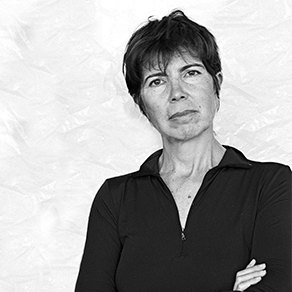
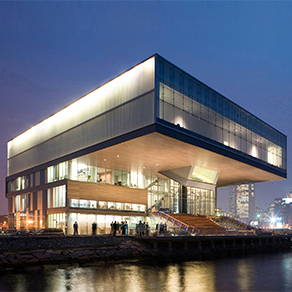
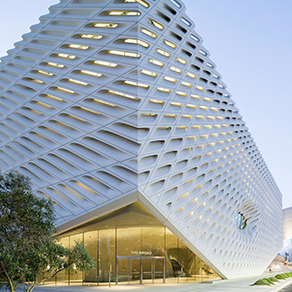

ELIZABETH DILLER is a founding partner of Diller Scofidio + Renfro, an interdisciplinary design studio that spans the fields of architecture, the visual arts, and the performing arts. With Ricardo Scofidio, Diller was the first in the field of architecture to receive the MacArthur Foundation “genius" award; the jury stated, “their work explores how space functions in our culture and illustrates that architecture, when understood as the physical manifestation of social relationships, is everywhere, not just in buildings."
Founded in 1979, the New York-based studio established its identity through independent, theoretical, and self-generated projects before coming to international prominence through projects such as the Institute of Contemporary Art in Boston, Massachusetts; the renovation and expansion of Lincoln Center for the Performing Arts in New York; and the High Line, an urban park situated on an obsolete elevated railway stretching 1.5 miles long through Manhattan. Diller is recipient of the Smithsonian Institution’s National Design Award, and the Lifetime Achievement Award from the National Academy of Design. In 2009, Diller was selected by Time magazine as one of the “100 Most Influential People in the World."
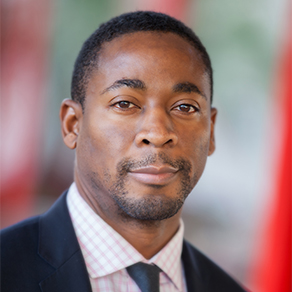
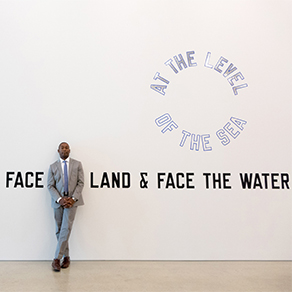
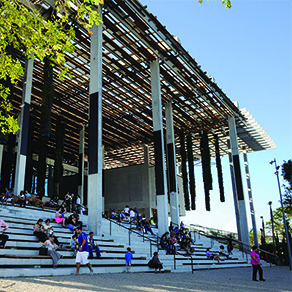

FRANKLIN SIRMANS is Director of the Pérez Art Museum Miami. Prior to his recent appointment, he was the department head and curator of contemporary art at Los Angeles County Museum of Art from 2010 until fall 2015. At LACMA Sirmans organized Noah Purifoy: Junk Dada, which traveled to the Wexner Center for the Arts in January 2016. He also curated Variations: Conversations in and Around Abstract Painting; Futbol: The Beautiful Game, Ends; and Exits: Contemporary Art from the Collections of LACMA and the Broad Art Foundation, and co-organized the exhibition Human Nature: Contemporary Art from the Collection.
From 2006 to 2010, he was Curator of Modern and Contemporary Art at The Menil Collection in Houston, where he organized several exhibitions including NeoHooDoo: Art for a Forgotten Faith; Steve Wolfe: Works on Paper; Maurizio Cattelan: Is Their Life Before Death?; and Vija Celmins: Television and Disaster, 1964-1966. He is the 2007 David C. Driskell Prize Winner and he was the artistic director of Prospect.3 New Orleans from 2012-2014. He is the curator of the forthcoming exhibition Toba Khedoori.
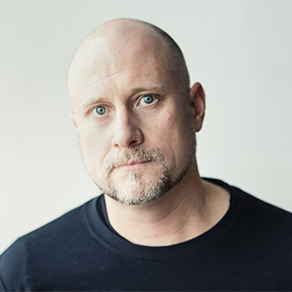
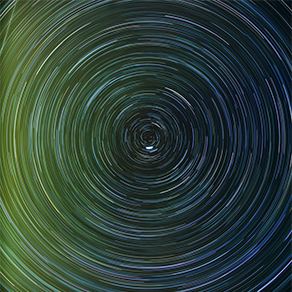
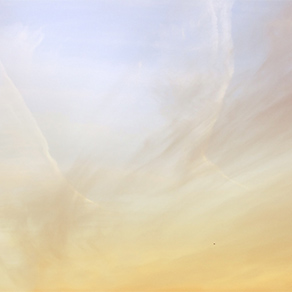
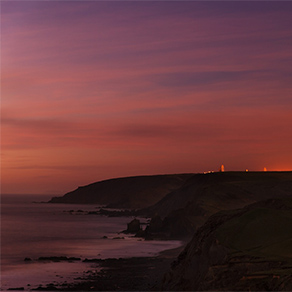
TREVOR PAGLEN deliberately blurs lines between science, contemporary art, journalism, and other disciplines to construct unfamiliar, yet meticulously researched ways to see and interpret the world around us. Paglen's visual work has been exhibited at the Metropolitan Museum of Art, New York; The Tate Modern, London; The Walker Arts Center, Minneapolis; The San Francisco Museum of Modern Art; the 2008 Taipei Biennial; the 2009 Istanbul Biennial; the 2012 Liverpool Biennial, and numerous other solo and group exhibitions.
He is the author of five books and numerous articles on subjects including experimental geography, state secrecy, military symbology, photography, and visuality. His most recent book, The Last Pictures is a meditation on the intersections of deep-time, politics, and art. Paglen has received grants and awards from the Smithsonian, Art Matters, Artadia, the San Francisco Museum of Modern Art, the LUMA foundation, the Eyebeam Center for Art and Technology, and the Aperture Foundation. Paglen holds a B.A. from U.C. Berkeley, an MFA from the Art Institute of Chicago, and a Ph.D. in Geography from U.C. Berkeley.
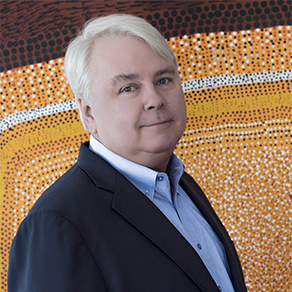
DENNIS SCHOLL was the Vice President / Arts of the Knight Foundation from 2009 to 2015. He oversaw the foundation's national arts program, including the Knight Arts Challenge and Random Acts of Culture. Scholl created a series of initiatives dedicated to building the contemporary art collections of museums, including the Guggenheim, the Tate Modern and the Pérez Art Museum Miami, which resulted in hundreds of patron-funded art acquisitions. He has served on the boards and executive committees of the Aspen Art Museum, Museum of Contemporary Art, North Miami, the Pérez Art Museum and the Linda Pace Foundation. He was named three times to the annual WESTAF list of the Most Powerful and Influential Leaders in the Nonprofit Arts, and along with his wife, Debra, recently received the National Service in the Arts Award from the Anderson Ranch Art Center.
In 2012, Scholl was named a Harvard University Advanced Leadership Fellow, focusing on the role of culture in community engagement. Scholl is currently a Visiting Scholar at the Massachusetts Institute of Technology Media Lab. No Boundaries: Contemporary Aboriginal Australian Abstract Painting, a show drawn from Scholl’s collection, is currently touring to six U.S. museums.